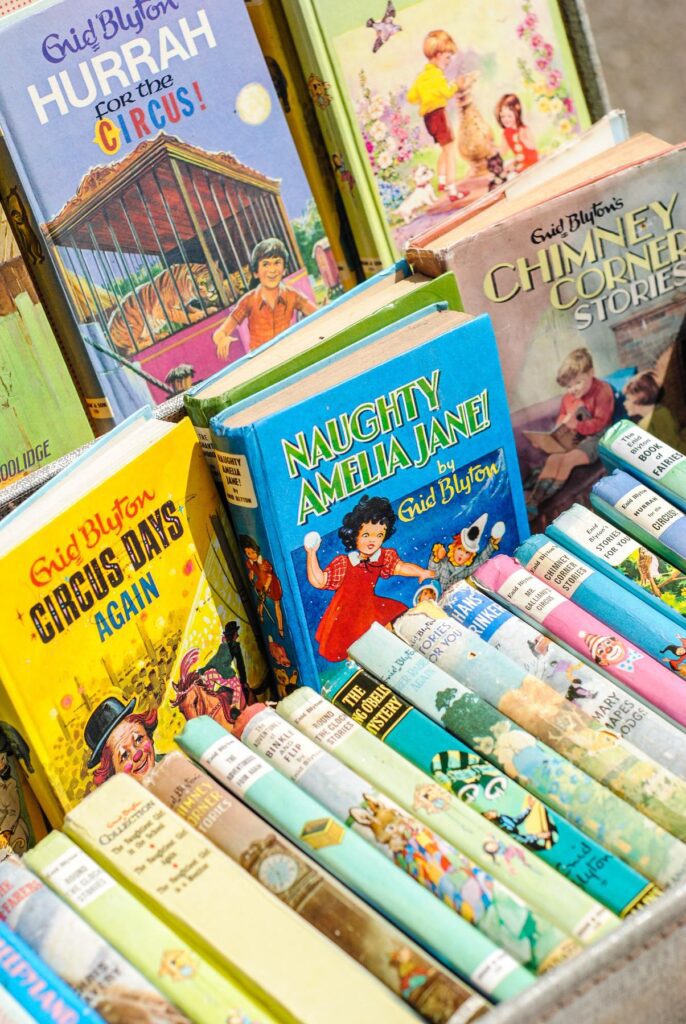Could picture books improve your students’ language and literacy skills?
Written By: Author(s): Daryn Egan-Simon

4 min read
Researchers set out to explore the impact of illustrated books on pupils’ writing skills.
Title:
Using authentic picture books and illustrated books to improve L2 writing among 11-year-olds
Published in:
The Language Learning Journal, 45:1, 100-116, 2018.
Authors:
Anna Birketveit
Hege Emma Rimmereide
Both from Bergen University College, Norway.
What did the research explore?
The research explored how pupils’ writing skills were affected by reading picture and illustrated books, when they were given the freedom to choose what to read. The research attempted to answer two questions:
What impact did extensive reading of picture books/illustrated books have on learners’ writing skills in English?
How important were the pictures/illustrations for the learners and what type of picture-text interaction did they favour?
How did they conduct the research?
The research was conducted through a five-week reading project with an English as a Foreign Language (EFL) class in Norway. There were 21 students in the study, all aged 11 (6th grade in the Norwegian syste
Join us or sign in now to view the rest of this page
You're viewing this site as a guest, which only allows you to view a limited amount of content.
To view this page and get access to all our resources, join the Chartered College of Teaching (it's free for trainee teachers and half price for ECTs) or log in if you're already a member.
This article was published in January 2019 and reflects the terminology and understanding of research and evidence in use at the time. Some terms and conclusions may no longer align with current standards. We encourage readers to approach the content with an understanding of this context.
References
- Elley, W.B. and F. Mangubhai. 1983. The impact of reading on second language learning. Reading Research Quarterly. 19, 53–67.
- Janopoulos, M. 1986. The relationship of pleasure reading and second language writing proficiency. TESOL Quarterly. 20:4, 763–8.
- Nikolajeva, M. and C. Scott. 2006. How Picture Books Work. New York: Routledge.
0
0
votes
Please Rate this content
Please login to comment
0 Comments
Oldest
Newest
Most Voted
Inline Feedbacks
View all comments










